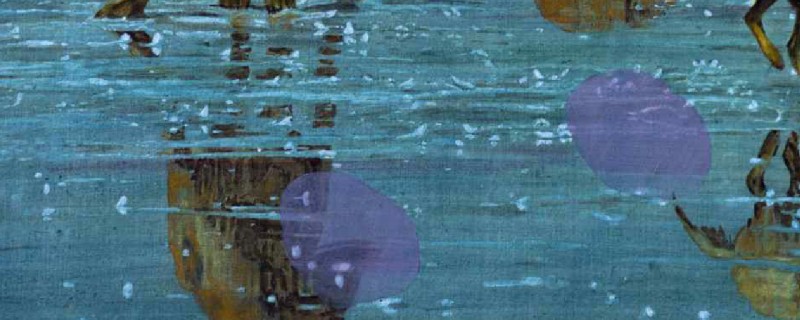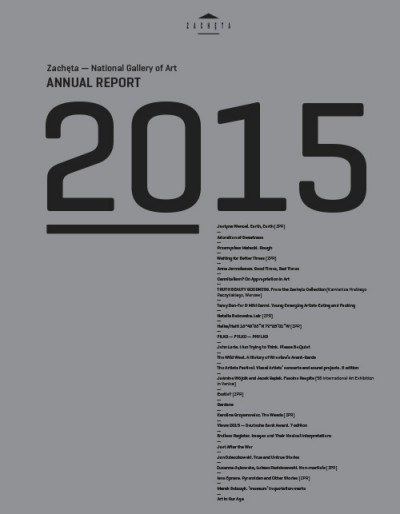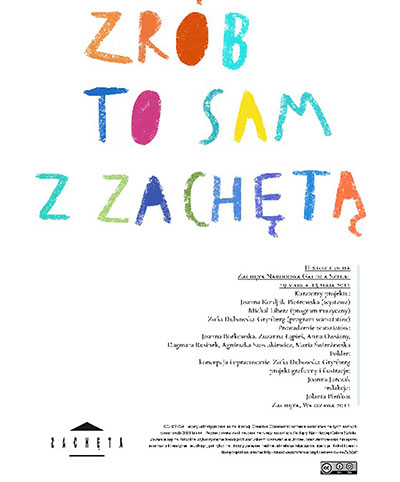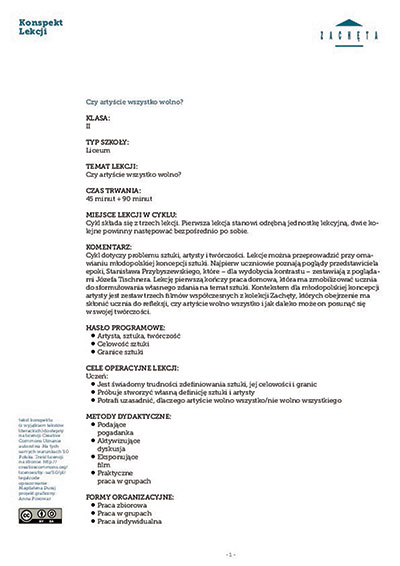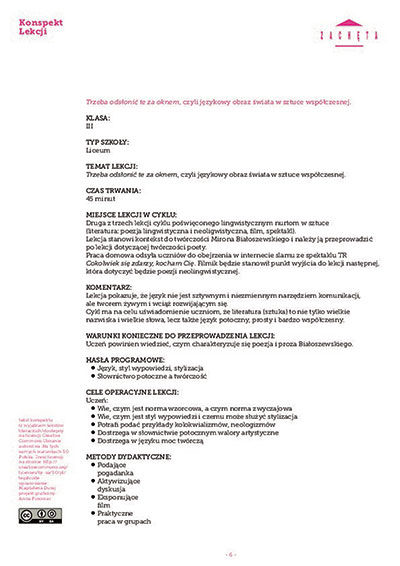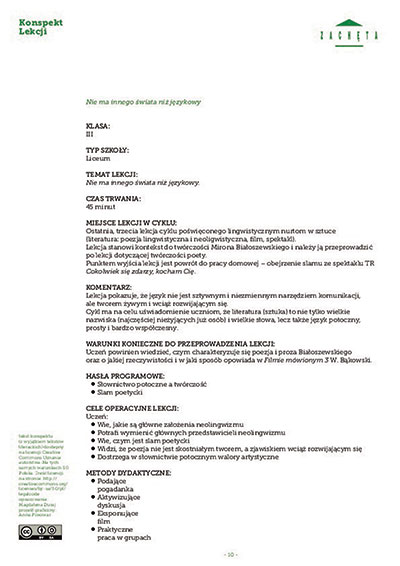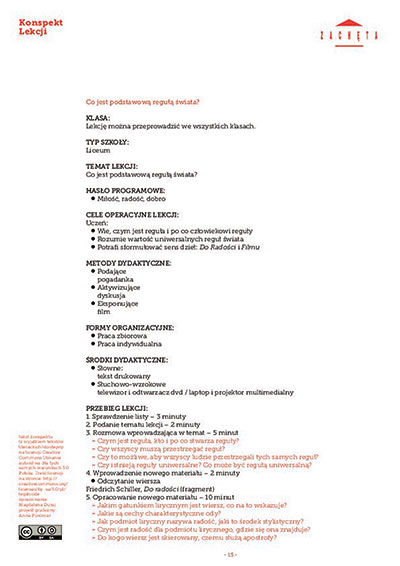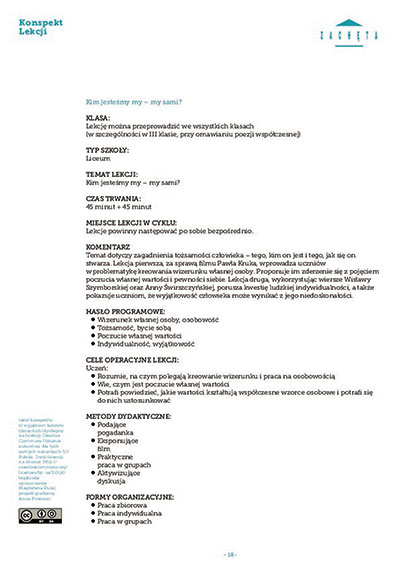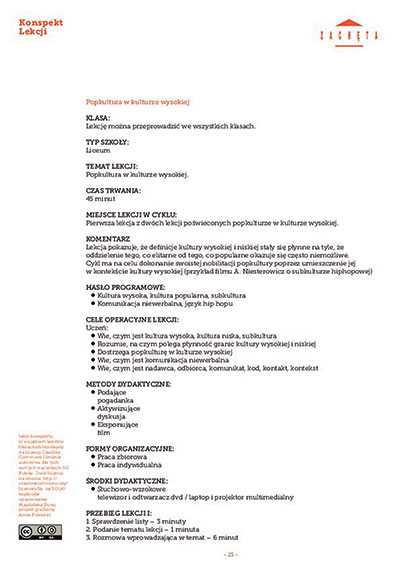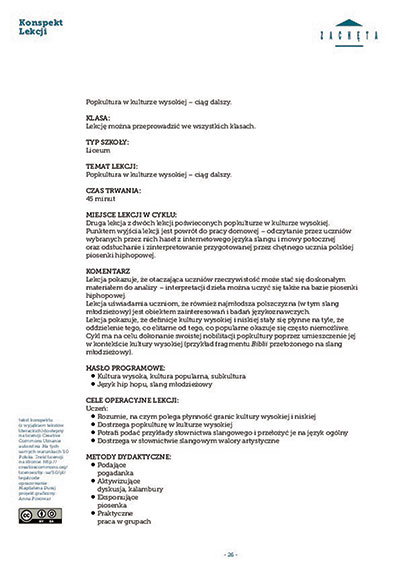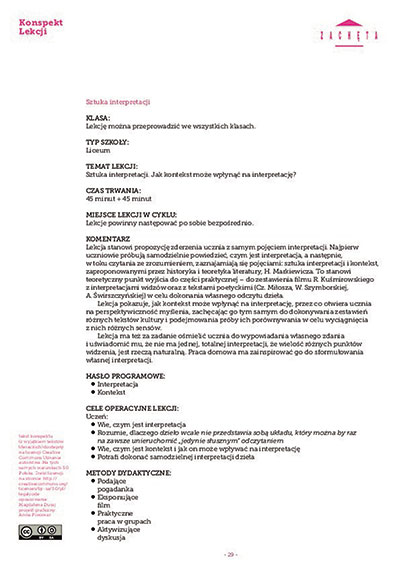Publikacja udostępniana jest na licencji Creative Commons.
-
 24.02 – 27.05.2018The Future Will Be DifferentVisions and Practices of Social Modernisation after 1918
24.02 – 27.05.2018The Future Will Be DifferentVisions and Practices of Social Modernisation after 1918An exhibition devoted to the interwar period in Poland, with a narrative built around the key social ideas that were born after the country regained its independence in 1918. The modernizing ideas, focusing around the needs of previously underprivileged social groups — women, children, workers and ethnic minorities — will be shown through the perspective of the broadly understood visual culture of this time (from architecture and design to the most modern medium of the time, film).
Zachęta – National Gallery of ArtZachęta -
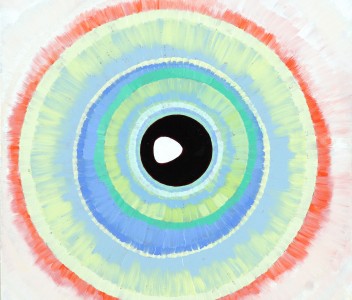 03.03 – 06.05.2018Wild at Heart.Portrait and self-portrait in Poland after 1989
03.03 – 06.05.2018Wild at Heart.Portrait and self-portrait in Poland after 1989The backbone of the exhibition Wild at Heart is the collection of the ING Polish Art Foundation which gathers the works by Polish living artists created post 1990. The precision of the spatial and temporal framework of this collection determines its content which focuses on the Polish scene during the social and economic transformation (following the fall of communism in 1989).
Zachęta – National Gallery of ArtZachęta -
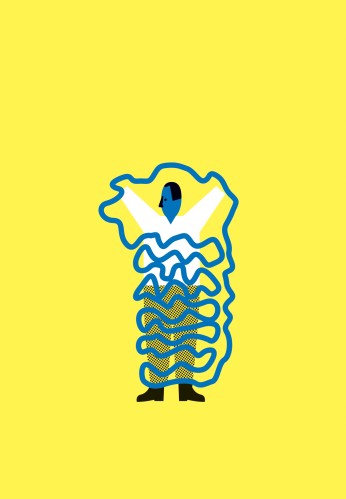 10.03 – 03.06.2018Everything Is Art to MeAn Exhibition for Children
10.03 – 03.06.2018Everything Is Art to MeAn Exhibition for ChildrenThis exhibition has been put together primarily for children and parents, as well as those who do not feel comfortable in contemporary art galleries. It is intended to encourage those who do not understand modern art, or are ashamed to admit it.
Zachęta – National Gallery of ArtZachęta -
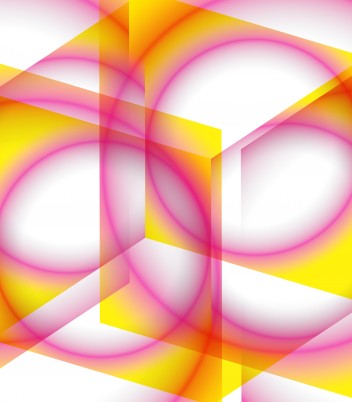 22.05 – 05.08.2018Ineffable SpaceJerzy Sołtan – Lech Tomaszewski – Andrzej Jan Wróblewski
22.05 – 05.08.2018Ineffable SpaceJerzy Sołtan – Lech Tomaszewski – Andrzej Jan WróblewskiThis exhibition is one of the events accompanying the 40th anniversary of the Faculty of Design at the Academy of Fine Arts in Warsaw. It will present the works of the Faculty’s founders: Jerzy Sołtan, Lech Tomaszewski, and Andrzej Jan Wróblewski.
Zachęta – National Gallery of ArtZachęta -
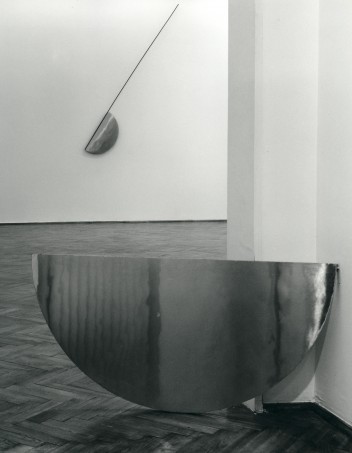 16.06 – 26.08.2018Koji KamojiSilence and the Will to Live
16.06 – 26.08.2018Koji KamojiSilence and the Will to LiveThis will be the retrospective presentation of the rich heritage of the Japanese artist Koji Kamoji, who has been living and working in Poland since the 1960s. It comprises paintings, drawings, installations, spatial objects (including minimalist and ascetic works), as well as abstract compositions. Over the years, by carefully selecting the subject matter of his works Kamoji has developed a catalogue of his favourite and most important motifs.
Zachęta – National Gallery of ArtZachęta
